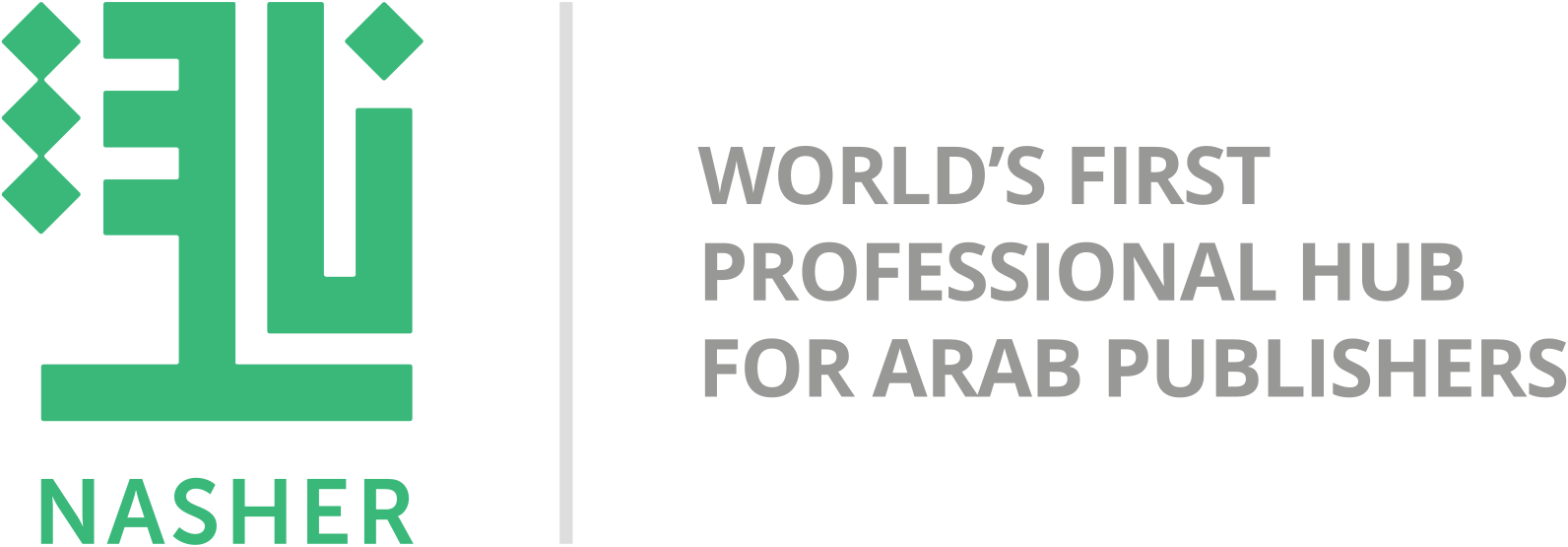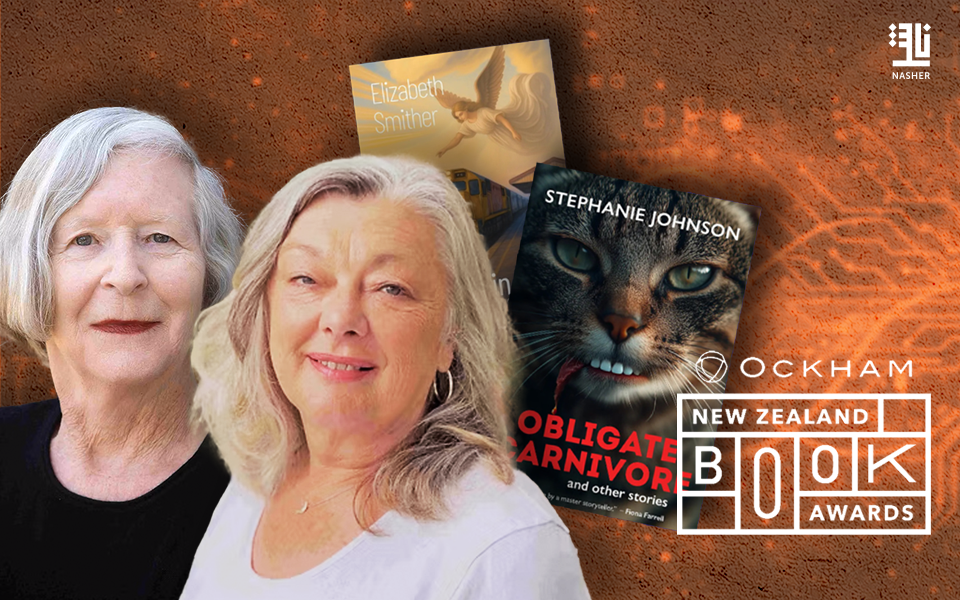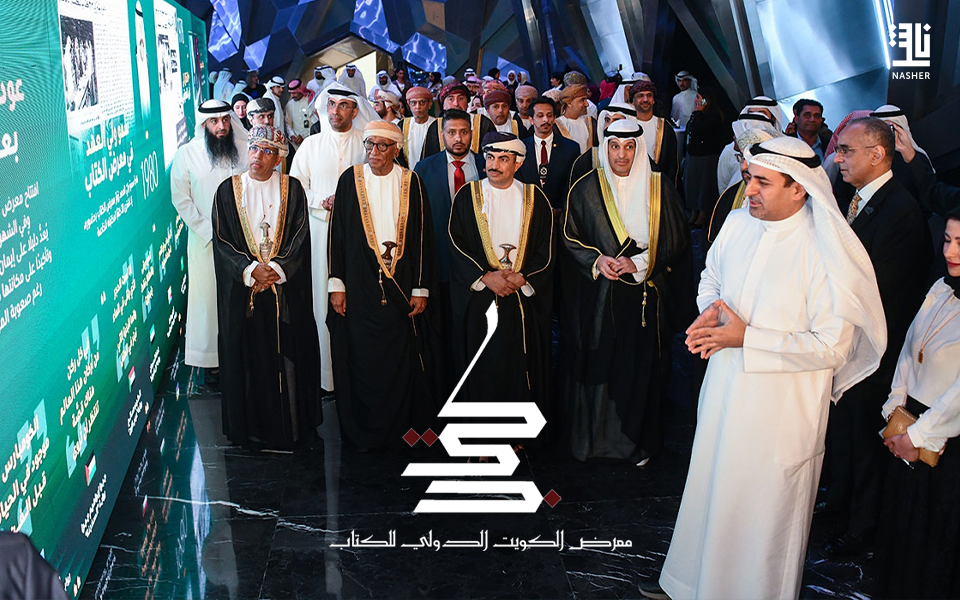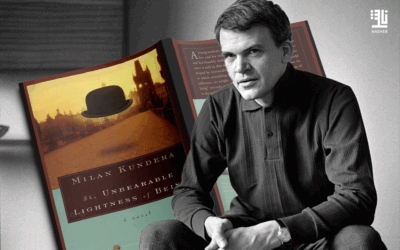Book marketing… a career that requires skill and thoughtful media plans
This worrying situation is illustrated in various Arab Human Development studies. According to the Arab Human Development Report 2003, the decline in new releases of books, and the diminishing printed quantities, make the book industry not one that is economically viable. This has prompted some publishers to avoid major projects and avoid publishing books on science and culture.
The reality of the Arab book industry raises many questions that need to be answered by Arab publishers, especially as these crises are not faced only by Arab countries, but by countries around the world. However, many book markets have managed to overcome these problems – there are millions of books profitably published in the US and Europe. So what are the mechanisms embraced by global markets to promote books? What is the story behind bestsellers? Have marketing professionals benefited from modern technology in marketing paper books? Do professional publishers take into consideration readers’ opinions about print books and new releases?
Answers to all these questions can be found in reports and surveys that examine the comparisons between the Arab book market and that of the West. According to statistics released by the Arab Publishers Association, the print run for most Arab books is between 2,000 and 3,000 copies for the entire Arab world, compared with much higher print runs for books in the American and European markets.
The decline in the marketing and selling of Arabic books is also clearly manifested in Arab publishing reports which indicate that many Arab publishing houses print 500 copies of a book through new methods of printing, such as print-on-demand. Some do not consider this ‘real’ printing in a technical sense, but rather a quick form of copying that makes the printing of a few copies possible.
Bestseller… a Successful Trick
While Arab publishers resort to the use of these techniques in alignment with the reality of reading in the Arab world, US and European publishers develop effective solutions to achieve higher levels of book publishing and revenue. Yet equally, publishers in the west are also embracing new routes, with Ingram’s print-on-demand capability growing all the time.
Writer and publisher Fathi Al Biss, Director of Jordan-based Dar Al Shorouk Publishing House, examined the mechanisms used by European publishers. In his study of Western and Arab publishing, Al Biss says that European publishers use recycling mechanisms to save paper. Publishers can recoup some of the publication costs of certain titles by selling them as remainders to bargain shops, or selling them to recycling plants that produce paper.
Another solution is the embracing of the concept of the ‘bestseller’ in today’s global publishing market, which some believe is a marketing scam perpetrated by Western publishers to promote and market their books. In his book Hand and Tongue released by the Arab Cultural Centre, researcher and critic Abdullah Al Ghathami discussed the concept of the bestseller, highlighting the techniques followed by publishers to activate this promotional device.
He used the example of three books that were hugely popular both in the Arab and global markets: Don’t Be Sad by Aaidh Al Qarni, Act Like a Lady and Think Like a Man by Steve Harvey and The Relaxation Response by Herbert Benson.
Al Ghathami said: “We won’t understand the popularity of these books unless we understand why people responded. What makes these books bestsellers is that they touched self-motivation in customers. We can find evidence of this either through a survey or by identifying characteristics that influence behavior in the book industry.”
For example, take the book Everything Men Know About Women by globally-acclaimed author Alan Francis, which became hugely popular soon after it hit the book stores. Copies were wrapped in a transparent plastic wrap, which made readers eager to explore what was behind the title. The surprise came when the reader discarded the plastic wrap, opened the book and found its pages blank from beginning to end!
This story reveals marketing techniques that bet on readers’ motives and touch the essence of their passion. Those who examine books marked as bestsellers find that some are almost worthless and lack intellectual depth. Equally, some bestsellers are fine and worthy books: one must be wary of generalizing too much here.
Utilisation of Technology in Book Marketing
Against some of the more questionable techniques used by professionals in world publishing, there is increasingly – and obviously – a shift towards using modern technology in marketing. Western publishers in particular have become very active on social media. However, some feel that many Arab publishers still fear modern technology, viewing it as a threat to their market and business.
Statistics and figures about the acceleration of computer use and worldwide Internet penetration indicate a new reality that opens the door to a broad market that can be explored in the Arab publishing industry. Figures show that there are 35,0000 new Internet users every day, with four new websites being designed each second. The number of computers is on the rise, as 50,000 machines were sold in 1980 compared to the same number of computers that are now sold every day across the world.
This ever-changing world, driven by rapid technological advancements, requires Arab publishers and authors to leverage the potential of modern technology to increase sales and promote book dissemination. According to a report published in AFAQ magazine: “Book sales via e-bookstores reach up to 30,000 books annually, which is a new addition to the traditional sales patterns at book fairs and other marketing outlets.”
Besides these tools and mechanisms that contribute to book marketing and promotion, media efforts cannot be overlooked in the announcement of newly published books. This is another aspect of the Western book culture – there is a long-standing tradition of review coverage and books pages in the newspapers, all of which help spread the word about new titles. However, in recent years all print newspapers have seen cutbacks and the pressure on review space remains of concern to publishers in the west.
In the Arab world there is less review coverage – and perhaps it is now time for Arab publishers to create better relationships with the media in their respective regions in order to use those relationships to increase the coverage of their titles in the media.







